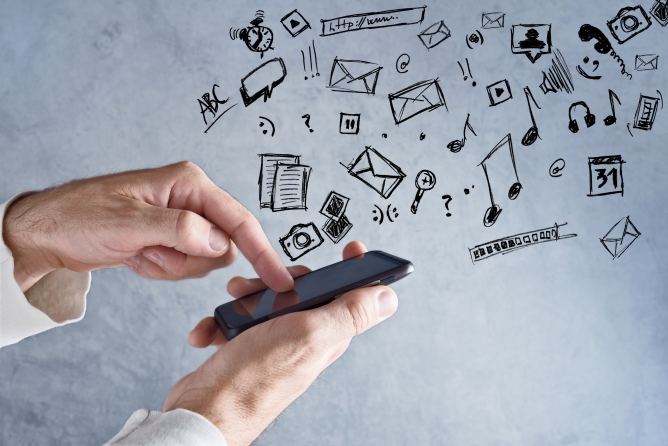Are Digital Devices Interfering with Your Ability to Focus?
Walk through any mall and you’ll see kids in strollers glued to their mother’s (or their own) digital device. Couples sit across the table from one another in restaurants both talking on their own phones. Teens and adults constantly check social media for the latest update from Twitter, Tumblr, Reddit or their favorite news feeds. Parents sit through their child’s school concert looking at their digital devices instead of watching what’s happening on stage.
And you can’t even feel smug about catching up on all the episodes of The Office or New Girl when Netflix constantly releases new program choices. Even if you spent every second of every minute of every hour in front of a screen, you could never consume every podcast, album, book, news story or opinion piece posted online.
To combat that, content producers are using the initials ICYMI (In Case You Missed It) more and more in an attempt to bring attention to a recent post—especially one that may have missed its opportunity to go viral in this era of 24-hour streaming.
The cumulative effect of all this content can be frustrating to both consumers and content producers who are trying to get noticed in an increasing maelstrom of information and entertainment options. Even more overwhelming is the fact that nothing dies on the Internet. Old online posts don’t end up on the bottom of the birdcage like newspapers used to do but are there to be resuscitated and revisited if content producers can find a way to do it.
But what does this constant barrage of media do to us?
Former Microsoft executive Linda Stone coined the term continuous partial attention. Stone says, “To pay continuous partial attention is to pay partial attention—CONTINUOUSLY. It is motivated by a desire to be a LIVE node on the network.”
Stone goes on to say, “We pay continuous partial attention in an effort NOT TO MISS ANYTHING. It is an always-on, anywhere, anytime, any place behavior that involves an artificial sense of constant crisis.”
Stone stresses that in small doses continuous partial attention “can be a very functional behavior. However, in large doses, it contributes to a stressful lifestyle, to operating in crisis management mode, and to a compromised ability to reflect, to make decisions, and to think creatively.”
This distracted behavior can also interfere with personal relationships. The term “continuous partial friendship” has been coined to describe the kind of split attention people often give to their relationships.
One group of adult friends, fed up with constant phone interruptions while they were together, found a way to combat partial attention when they are out. Everyone places their phones in the middle of the restaurant table. The first one to pick up his or her phone to take a call or check social media pays for dinner for everyone.
Unfortunately the attempt to live life through a screen also means people can miss out on real life in other ways. Recently photographer Eric Smith captured a picture of an unidentified man glued to his cell phone while a hump back whale surfaced mere feet from his sailing boat near Redondo Beach, California.
The photographer later told CBS News, he had no idea what the man was doing on his phone but “he never moved from his phone” even as the mother whale and her calf swam by.”
“I’ve been there, I get lost in the phone too. But his is really indicative of the serious issues we have to work through,” said Smith.


